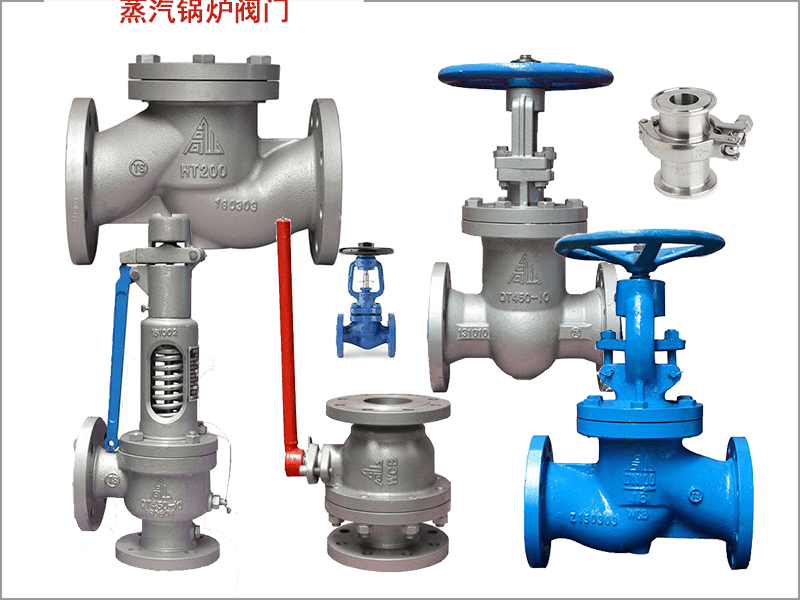Guide: In the steam boiler system, as the executor, the valve plays a pivotal role and cooperates with the boiler control components to protect the boiler operation. Common types of boiler valves include safety valves, stop valves, check valves, and blowdown valves.
In the steam boiler system, as the executor, the valve plays a pivotal role and cooperates with the boiler control components to protect the boiler operation. Common types of boiler valves include safety valves, stop valves, check valves, and blowdown valves.

1. Safety valve
On steam boilers, the safety valve is a kind of safety protection valve. Its opening and closing parts are normally closed under the action of external force. When the pressure of the medium in the equipment or pipeline rises and exceeds the specified value, it will automatically open and pass to the outside of the system. Discharge the medium to prevent the pressure of the medium in the pipeline or equipment from exceeding the specified value. Safety valves belong to the category of automatic valves.
Note: It is best to manually discharge the steam boiler safety valve once every six months. Pull-open 3-4 times for each operation, 3-4 seconds each time. When manually exhausting steam, the steam pressure should be 75% of the maximum pressure.
2. Globe valve
The shut-off valve on the steam boiler is used to cut off or mediate and throttling. The shut-off valve only allows the medium to flow in one direction and is directional when installed.
3. Check valve
Check valve is also called one-way valve or check valve, its function is to prevent the medium in the pipeline from flowing back.
4. Drain valve
The rapid blowdown valve is evolved from the gate, which uses a gear to rotate 90°C to drive the valve stem to lift to achieve the purpose of opening and closing.
Note: After the steam boiler arrives on site, the user needs to check the equipment and valves one by one according to the delivery list to ensure complete equipment.




























